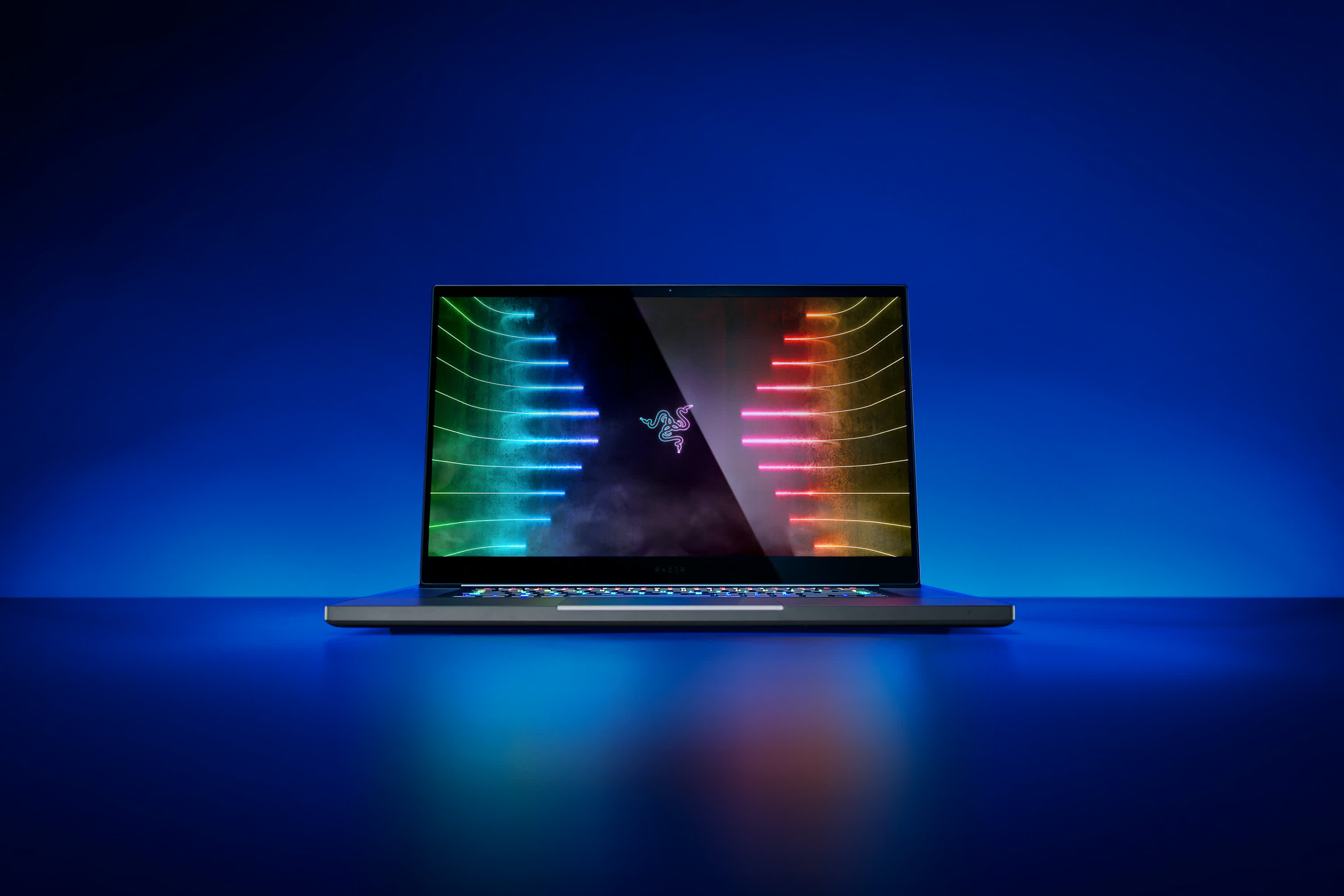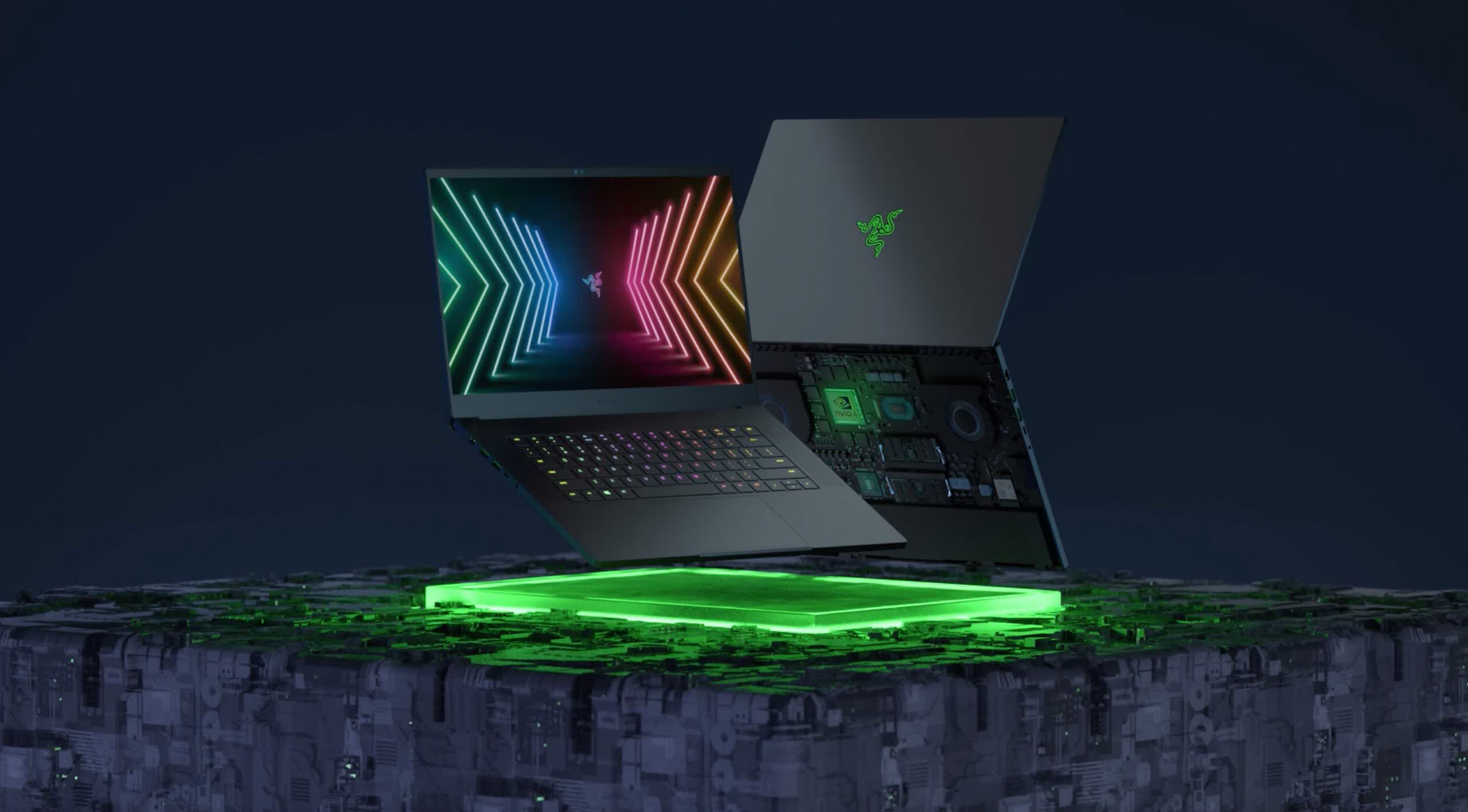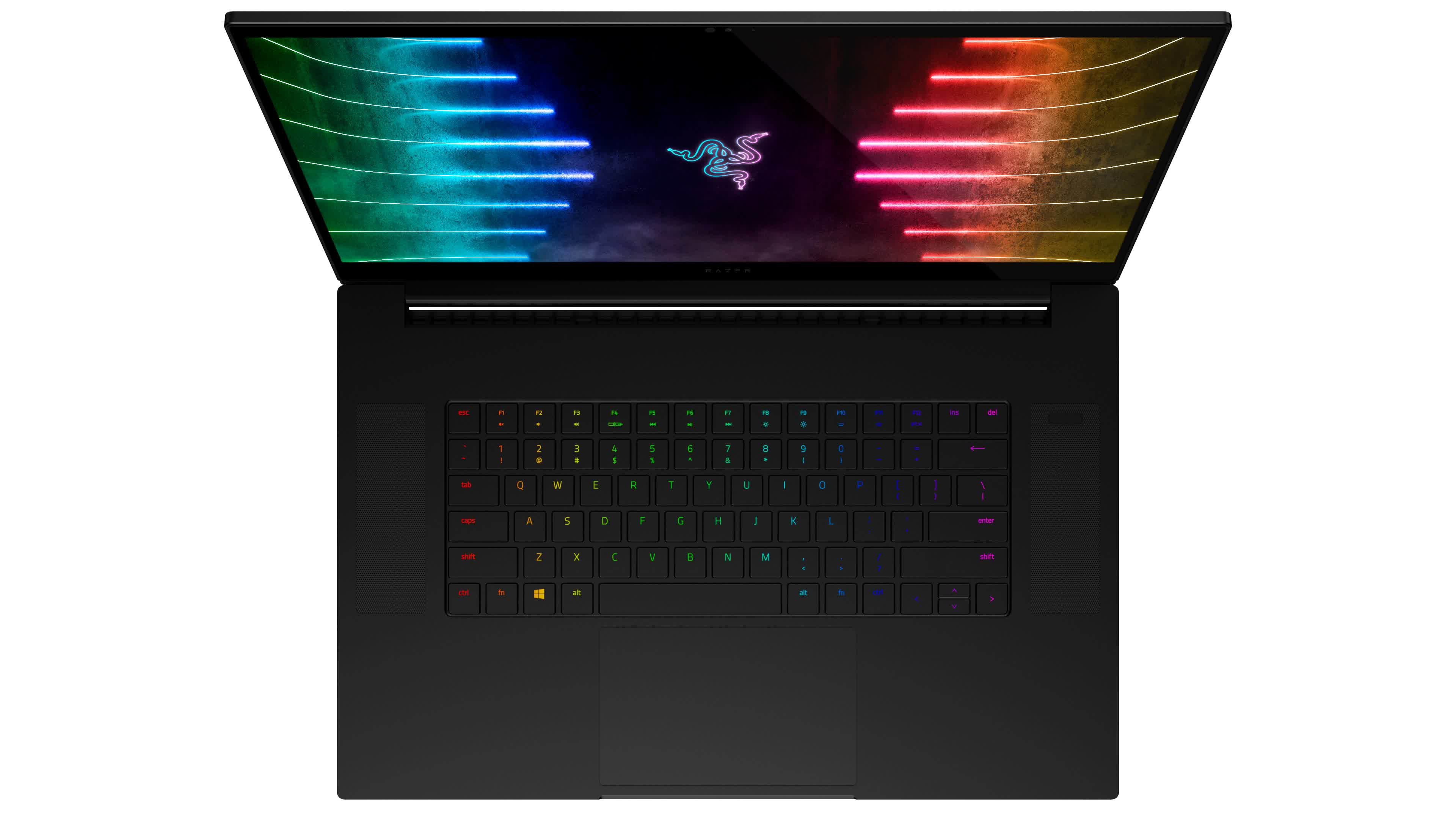In brief: Razer's latest refresh of its Blade 17 and Blade 15 laptops is here, and it draws from last year's Razer Blade 15 Advanced. Beyond the inclusion of upgraded internals like 11th-gen Tiger Lake-H CPUs and RTX 30 series GPUs, the new models come with touchpad and webcam improvements, as well as a variety of connectivity options.

Razer this week announced it is refreshing the Razer Blade 17 and Razer Blade 15 with newer, more powerful processors and GPUs, as well as a number of small touches to what is an otherwise mature design that has earned its spot as TechSpot's top recommendation for people looking to buy a gaming laptop.
You may have noticed the company has dropped the "Pro" branding, which was probably redundant as these devices have never been anything other than enthusiast/prosumer PCs. That also means you can no longer order the older "Pro" models from Razer's online shop, so you'll have to hunt for the remaining stock at various retailers if you're looking for a bargain on these devices.

The new Razer Blade 17 is powered by Intel's 11th-gen Tiger Lake-H CPUs and Nvidia's RTX 30 series GPUs. You can choose between the Intel Core i7-11800H and the Intel Core i9-11900H. The choice of GPU is more ample, so you can get an RTX 3060, RTX 3070, or go all-in with the RTX 3080 and 16 GB of GDDR6 memory.
As we've noted in our review of the RTX 3080 laptop GPU, the power limit is important, and Razer has raised this to 130 watts on the Razer Blade 17. When compared to the Razer Blade 15 Advanced's relatively aggressive power limit (95 watts), this should let the RTX 3080 show its teeth in games.
The additional thermal headroom is no doubt afforded by the larger chassis, which measures 0.78 inches (a hair under 20 mm) x 15.5 inches (395 mm) x 10.24 inches (260 mm) and weighs a little over 6 pounds.
By default, the Razer Blade 17 comes with 16 GB of DDR4 memory and 1 TB of PCIe 4.0 storage that are user-upgradeable to 64 GB of memory and 4 TB of storage. Depending on your needs, you can choose between a 1080p display with a 360 Hz refresh rate, a 1440p panel with a 165 Hz refresh rate, or a 4K touch panel with a 120 Hz refresh rate -- all of which are IPS panels with 100 percent sRGB coverage.

One of the small touches Razer has applied to the design of the Razer Blade 17 is a fingerprint-resistive coating similar to the one applied on the Razer Blade 15 Advanced. The touchpad has improved palm rejection, and the company says the new 1080p webcam with Windows Hello support and an expanded array of microphones will easily cover your videoconferencing needs.
Razer has also expanded the connectivity options, which include three USB 3.2 Gen 2 Type-A ports, two Thunderbolt 4 ports that allow charging at 100 watts, an HDMI port, and an SD card reader. When you're not using headphones you'll be pleased to find that there are now four upward-facing speakers with support for THX Spatial Audio.
Overall, there's a lot to like about the new Razer Blade 17, but we're also excited about the possibility that the company may introduce an AMD-powered option in the near future. Last month we saw Razer introduce a new Blade 14 laptop with an AMD Ryzen 9 5900HX CPU, which is capable of going head to head with Intel's Tiger Lake-H offerings in gaming and beat them in some productivity tasks.
If you're interested in the new Razer Blade 17, you can preorder it from Razer and select retail partners. Pricing starts at a peppered $2,400, but given the current market conditions a gaming laptop can be a better deal than a desktop, as we've explained here. You may also consider the updated Razer Blade 15, which has more limited CPU and GPU options but starts at a more palatable $1,800. The company expects to start shipping the first orders next month.
https://www.techspot.com/news/90425-razer-refreshes-blade-17-blade-15-laptops-faster.html